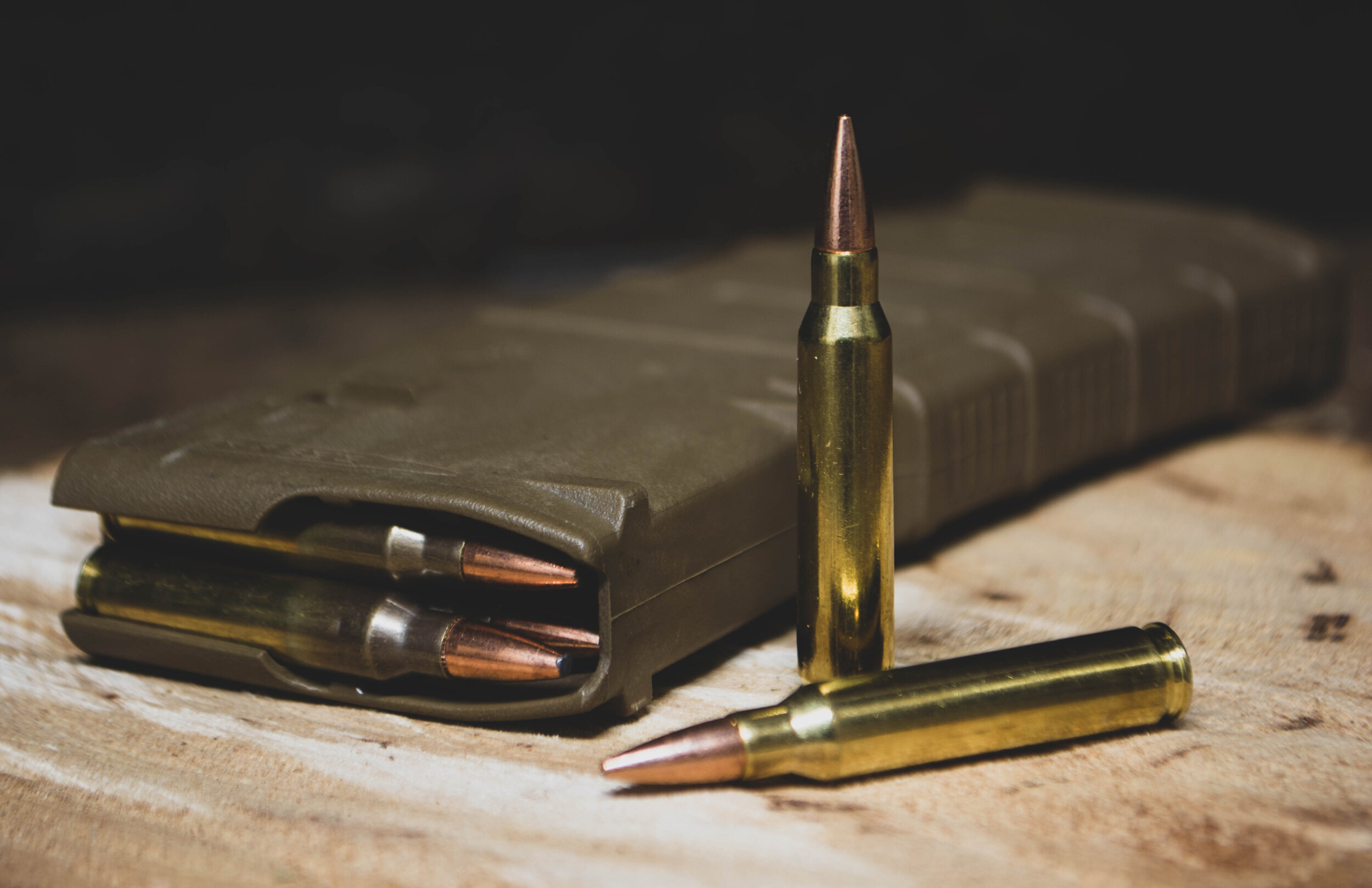
Gun Control Research Conclusion
The US can join other countries that are free of gun violence without jeopardizing the private ownership of guns by responsible citizens used for legitimate purposes. This can be achieved by limiting gun ownership to those guns used in recreational hunting, used in a professional capacity, or owned and operated in a controlled range environment.
Summary basis of our Conclusion
The US has more liberal gun ownership laws, a higher rate of gun ownership, a larger number of mass shootings, and a higher number of deaths by guns per capita than any other modern nation.
Resistance to changing this reality is anchored in the Second Amendment to the US Constitution. This argument lacks merit. Not only would founders address the Second Amendment differently were they writing it today, the fact is that there have been 27 amendments to the Constitution. If the Second Amendment is an obstacle to a civilized society, it should be amended.
Countries that set an example
At 1 in 10,000,000, Japan has the lowest rate of gun homicide in the world. Why? Most guns are illegal in the country, and individual ownership rates reflect this.
Japan’s Firearm and Sword Law bans all guns except “shotguns, air guns, guns with specific research or industrial purposes, or those used for competitions.” Before individuals can purchase a gun under the Firearm and Sword Law, they must undergo formal instruction and pass a battery of written, mental, and drug tests, as well as a rigorous background check. Furthermore, owners must inform the authorities of how their weapons and ammunition are stored, as well as pass an annual inspection.
Great Britain also has one of the lowest rates of gun homicide in the world: 35 times fewer per capita than the US.
In 1996, in response to gun violence in a public school in Dunblane, Scotland, a public campaign known as the Snowdrop Petition advocated to pass gun control legislation. As other similar movements gained momentum, Parliament passed the Firearms (Amendment) Act in 1997, which expanded the list of banned weapons to include certain semiautomatic rifles, and increased the number of registration requirements for other weapons. The government also instituted a temporary gun buyback program, which many credit with taking tens of thousands of illegal or unwanted guns off of the market. Subsequently, Prime Minister Tony Blair introduced the Firearms (Amendment) (No. 2) Act in 1997 banning the private possession of almost all handguns, regardless of caliber.
SEE ALSO:
Gun Control Research Conclusion
